Ice baths are perfect for recovery, but for how long and under what temperature?
The recovery properties of the ice bath have been known for years. We explain how to use it to achieve the best results so that your legs are as good as new again after the hardest workouts.
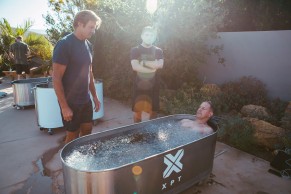
How to get the most out of ice baths when it comes to recovery
The use of ice water baths for recovery has been a common practice for years among athletes of many and varied sports modalities. Especially in those sports of very high intensity or those with impact. In endurance disciplines, such as cycling, it has also become widespread practice after long hours of training or high intensity sessions.
The use of ice has mainly an anti-inflammatory and analgesic effect when it comes to soothing muscle pain caused by physical activity. In addition, numerous studies suggest that the reduction of muscle tissue temperature and the effects on blood flow, resulting from the vasoconstriction produced by the cold, would have beneficial effects in accelerating recovery after a workout or a race.
RECOMENDADO

Black Friday Garmin 2025: the ultimate guide to choosing your GPS at the best price

How to wash your cycling clothes? 10 keys to make them always look new

The real importance of signing up for a race
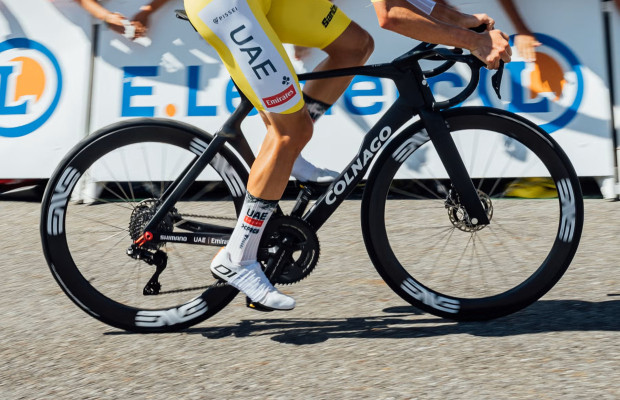
The best road bikes of 2025
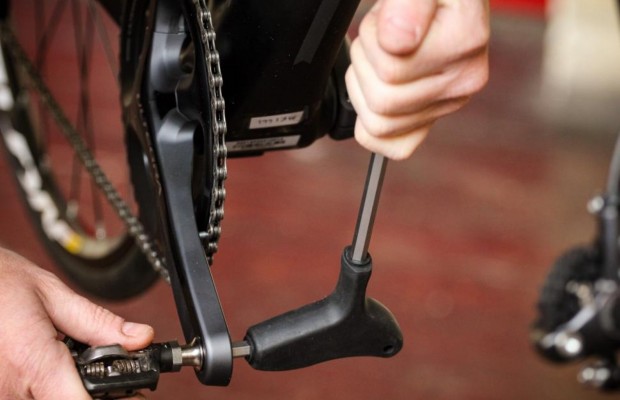
How to change the pedals of any bike in 5 steps

The best gravel groupsets of the moment
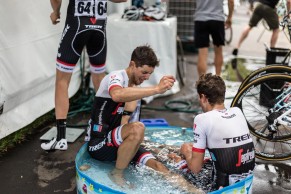
However, in many cases the application of ice baths is not always carried out in the most effective way, therefore reducing the effectiveness of this method. Generally speaking, a water temperature in the range of 9 to 15 ºC for 10 to 15 minutes is recommended.
However, the most common is the immersion in practically frozen water for less than 5 minutes, because of the intense cold of the same that makes it difficult to stay longer in the ice bath. This does not give time to achieve all the benefits that cryotherapy can bring.
One way to increase the time we stay in the ice bath is to start with a higher water temperature that we can reduce to the optimal range, adding ice, in this way the adaptation is more progressive and we can stay in the ice bath the time required for the body to respond in the desired way to the cold.
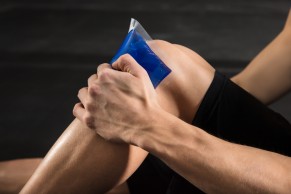
In any case, there is still a great disparity in the existing studies on the real effectiveness of the different recovery methods, including ice baths, and the way they are applied, mainly due to the impossibility of carrying out scientific studies using the double-blind method, which implies that the placebo effect has a certain influence on the results of the studies.
There are also studies that suggest that the local application of ice, without immersion in water, could be just as effective in achieving the desired recovery effect, so we could obtain these benefits more easily and without the suffering involved in remaining the necessary time with the legs in frozen water.
Finally, we cannot forget, as in everything related to physiological processes, that each person is different and the same recipe does not necessarily work for everyone. We recommend that you try the ice baths using different water temperatures, different application times until you find the protocol that gives you the best results and the best sensations in your legs.